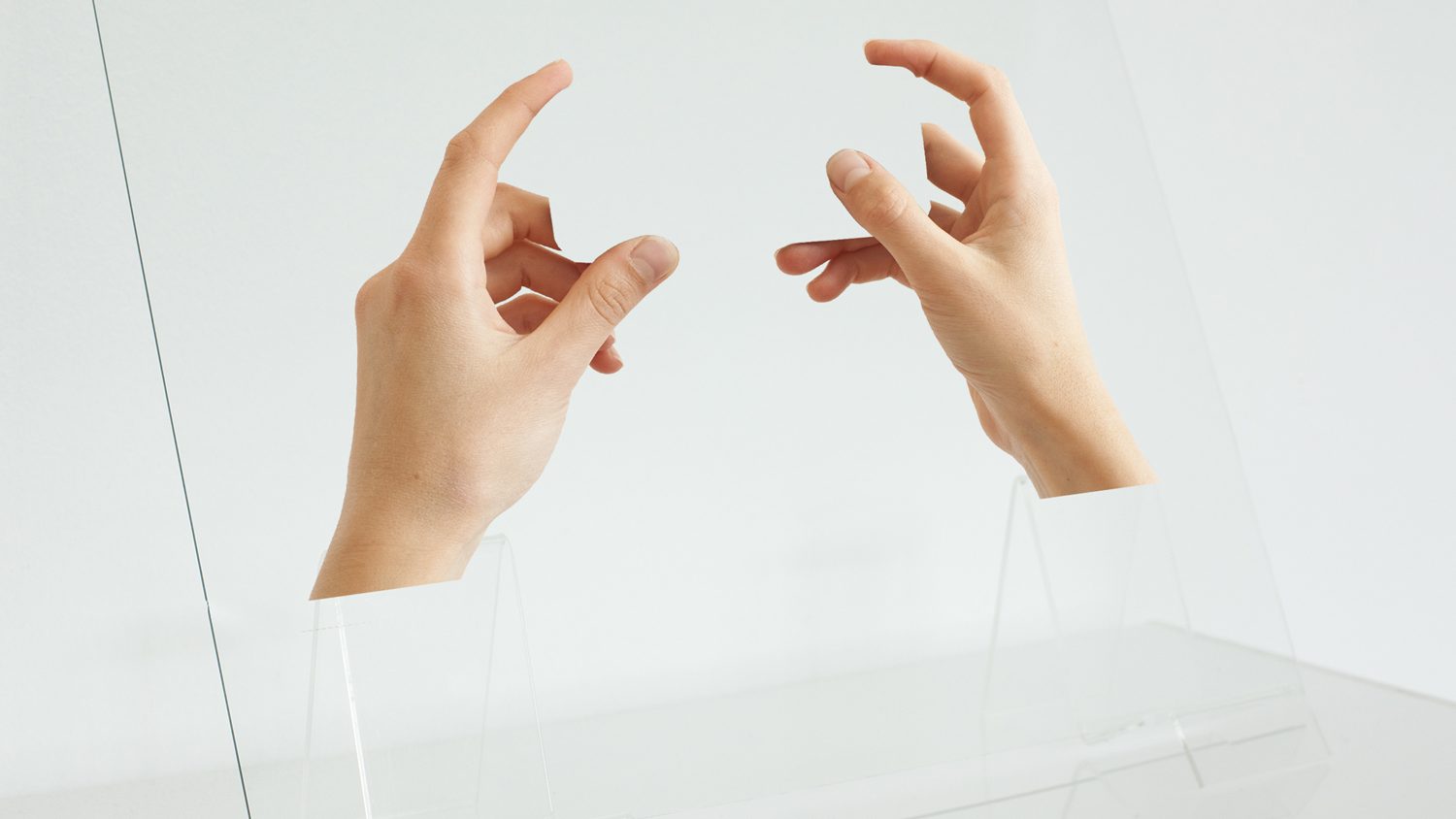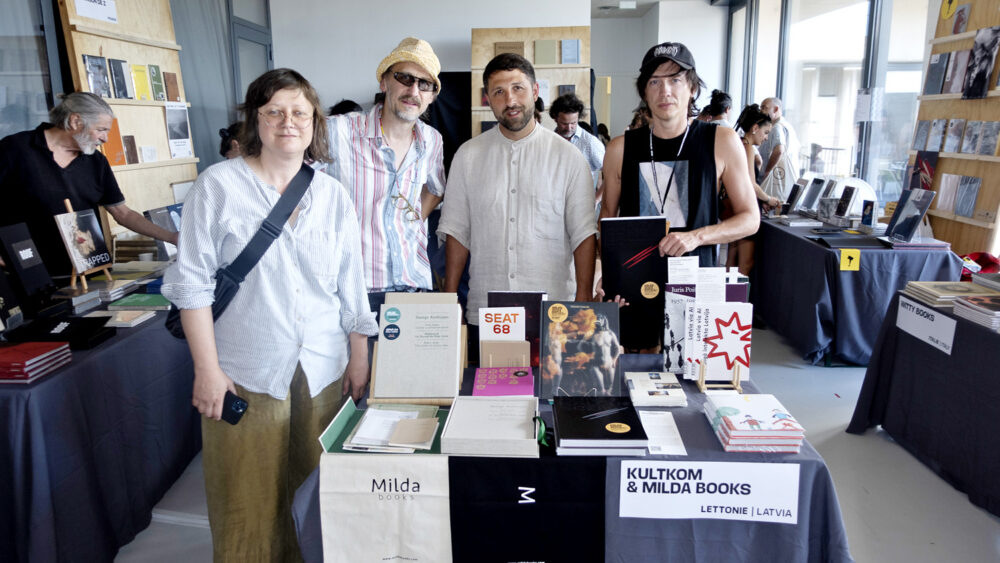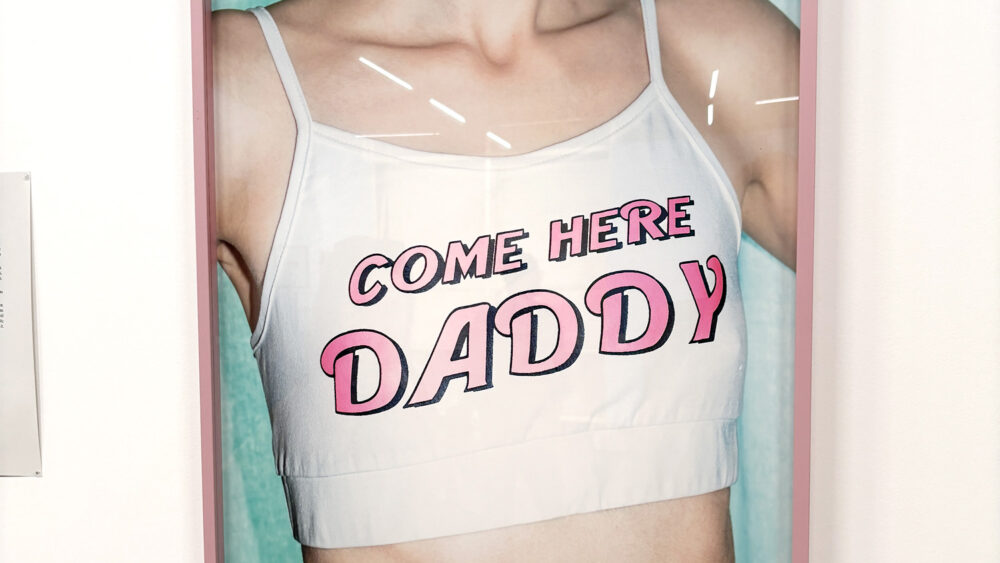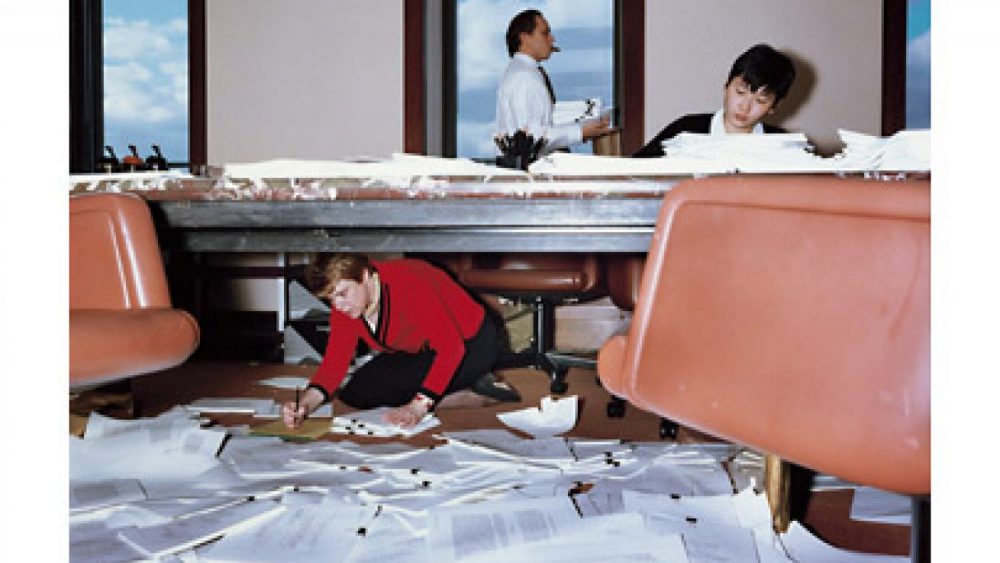Tallinn Photomonth gets bigger than ever
The opening of the group exhibition Image Drain kicks off the fourth Tallinn Photomonth. This year’s calendar of exhibitions is particularly impressive – there are 19 altogether. The events – lectures, discussions and presentations – are now aligned with the dates of the annual photo art fair (29.09. – 01.10), thus creating a professional week from September 26 to October 1.
We invited the biennial’s Managing Director Kadri Laas and Artistic Director Laura Toots for a chat to learn more about this year’s Tallinn Photomonth.
What are the highlights of this year’s Tallinn Photomonth?
Laura: At the time of answering this we’re also making the last preparations for the biennial’s opening exhibition Image Drain at Tallinn Art Hall. We take great pleasure in working with the artists and the curator and, of course, recommend this exhibition. The participants’ enthusiasm and wonderful characteristics will surely reach the viewer through the exhibition’s fictional story of fixation, speculation, and obsessive looking.
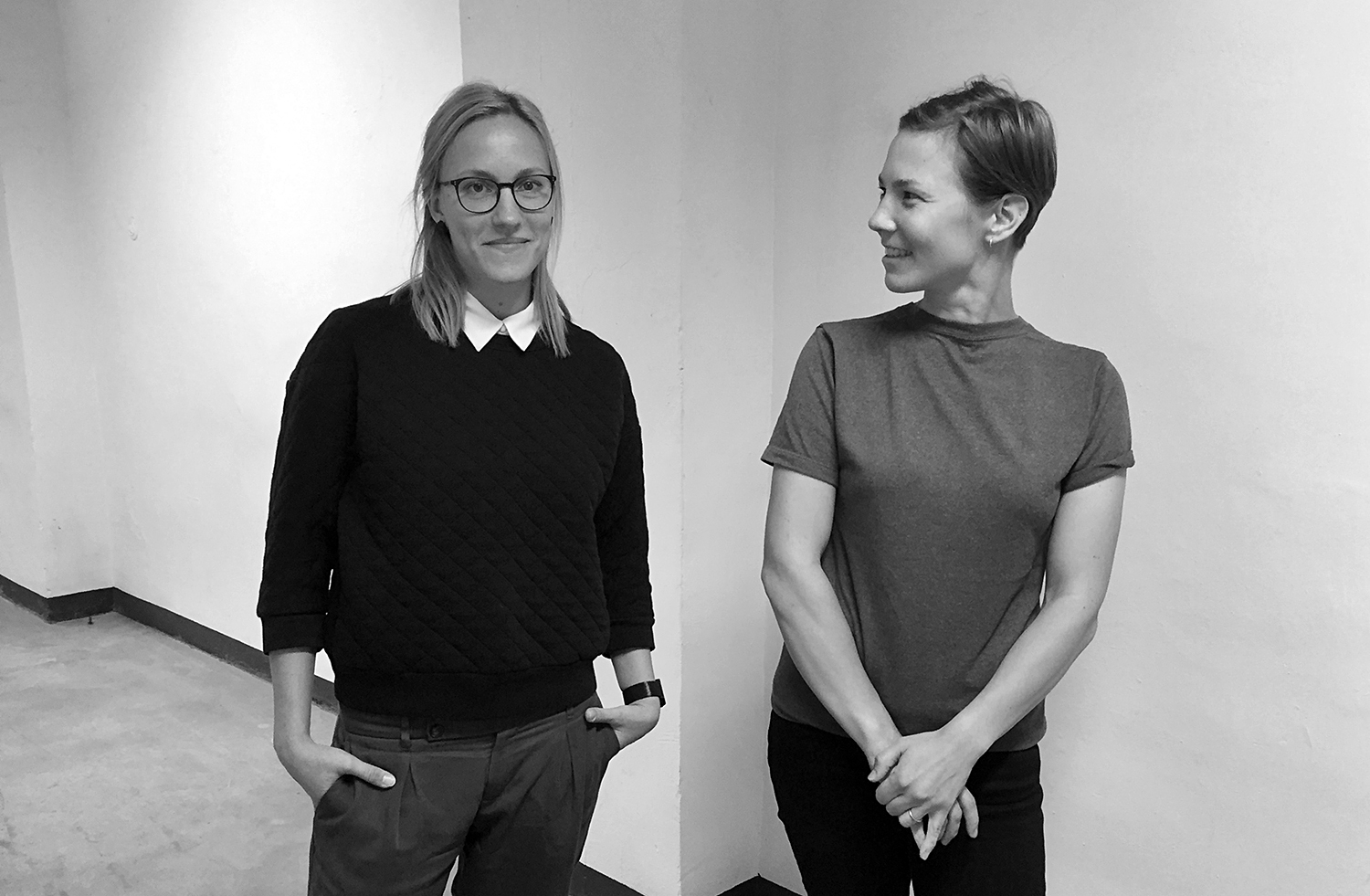
In addition to two bigger international group shows, Tallinn Photomonth hosts 10 exhibitions in the main programme and 9 more in the gallery programme, so it is quite difficult to put a focus on one or two exhibitions. There are many long-time favourites in the programme and it seems that the synergy that it all creates is the actual highlight for us.
How did you get involved in Tallinn Photomonth?
Kadri: I had already been involved in the two previous iterations, as a curatorial assistant for the main exhibitions in 2013 (Shadows of a Doubt curated by Niekolaas Johannes Lekkerkerk) and 2015 (Prosu(u)mer curated by David Raymond Conroy). I was also responsible for the public programme in 2015. The previous Artistic Director Kristel Raesaar asked me to take on her role for this year’s edition already two years ago. Seeing the everyday process closely and knowing the work-load, I asked Laura to partner up with me. From that moment we became a duo of Artistic Director and Managing Director for this year. Both Kristel and Laura are members of the Estonian Union of Photography Artists that is the founding force of Tallinn Photomonth and currently one of the two organising bodies of the biennial.
Can you reveal more about the working process when it comes to programming the events, collaborating with curators and colleagues?
Kadri: Thanks to coinciding topics and sympathy for our colleagues, the biennial this year has been able to grow quite a bit larger than its previous iterations. Besides the exhibition programme, we are very excited about the new additions to the biennial, the first of them being Professional Week – an intense period of special programming to introduce both the biennial as well as the Estonian art scene to an international professional audience. It is really the week to come to Estonia to network with all the colleagues arriving here for the same reason.

This year we also initiated a residency that’s part of our main programme and is organised in collaboration with Narva Art Residency for two guest artists for one month.
An important extension to our programme is the special issue of Estonian newspaper Müürileht, concentrating on visual culture, that discusses several topics central to the biennial. For the local audience, the texts about communication, simulation, the neurobiological aspects of vision, and the impact of X-rays on visual culture help to create a context for the notion of image drain.
One of our aims was to create a very broad basis for the programme and therefore we have also included screenings, residencies, studio visits, a fair, book launches and other events. The public programme is especially relevant to us – it contextualizes the exhibitions through the same public events and an educational programme for schools.
Diversity and interweaving are important values for Tallinn Photomonth that apply to selecting exhibition spaces of different scope and history, as well as inviting various artists, curators and public groups to participate. In that sense match-making was key – to find a suitable space for the right exhibition, an artist for certain location or to invite curators to do something site-specific. Exhibitions and events are held in buildings with distinguished architectural value and urban impact in Tallinn and Narva, most of which are not designed as exhibition spaces. Among well-known venues, we have set foot in a cinema, a bookshop, artists’ studios, cellars, and back rooms.
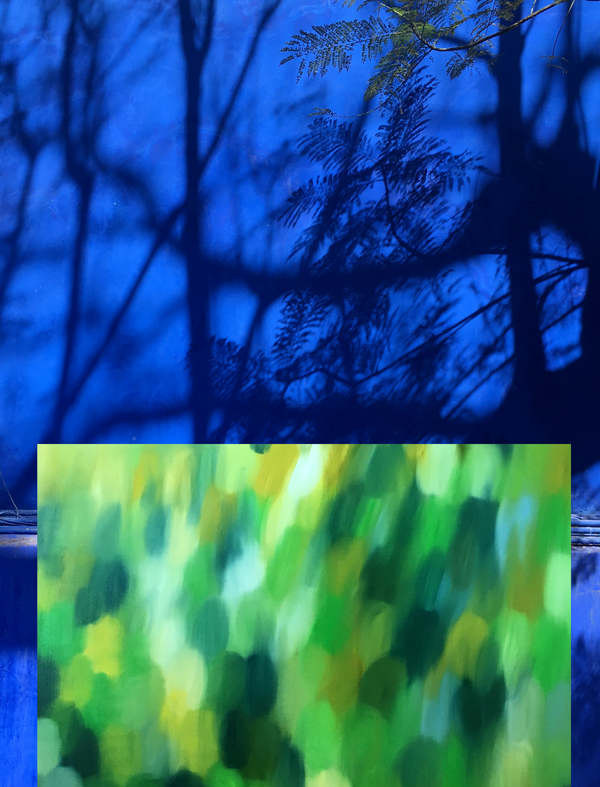
What has been the biggest challenge to make it all happen?
Laura: The biggest challenge was taking the biennial upon ourselves. Looking back, it seems that was the lengthiest decision-making process so far. Everything after that has, to our surprise, somehow felt very smooth, educative and enjoyable. We even feel like sharing one body. What we have wanted to achieve and worked hard for, in addition to the above-mentioned principles of diversity and interweaving, is being a good host to our programme and participants, being present for our artists and curators and continually supporting them.
What are the latest trends in photography in Estonia?
Laura: It seems that the socially critically art, that we witnessed here in the early and mid 2000s, has given way to what is apparently more of a formal, philosophical and abstract approach. Maybe it stems from us getting to the era of image drain and the abundance of images really weighing on us?
Cover image: Kristina Õllek, view to Distorted hands, 2017
